World trip
"Ah, Hoeeland!", My taxi driver exclaims. To continue jokingly: "You killed our dodo!" It is a comment I will hear a lot more of in Mauritius. Although Mauritians greet me with a wink with this joke, there is some truth to it. The influence of the Dutch on Mauritius is far-reaching. Our ancestors, VOC sailors, were the first to colonize the uninhabited island in the Indian Ocean, in 1638. They named it after the then stadtholder and army commander of the republic: Maurits van Oranje. Overgrown with endemic rainforest full of dodos and giant tortoises, Mauritius proved to be a great stop on the spice route. Fresh water, fruits and easy to catch birds. Monkeys and rats escaped from the ships, pigs, chickens and sheep were released, valuable black ebony was cleared en masse to make way for sugar cane plantations, which today occupy 40 percent of the island. In 1707 the Dutch left
Amy Brangwyn
16 chapters
16 Apr 2020
How the Netherlands shaped this island
Mauritius
"Ah, Hoeeland!", My taxi driver exclaims. To continue jokingly: "You killed our dodo!" It is a comment I will hear a lot more of in Mauritius. Although Mauritians greet me with a wink with this joke, there is some truth to it. The influence of the Dutch on Mauritius is far-reaching. Our ancestors, VOC sailors, were the first to colonize the uninhabited island in the Indian Ocean, in 1638. They named it after the then stadtholder and army commander of the republic: Maurits van Oranje. Overgrown with endemic rainforest full of dodos and giant tortoises, Mauritius proved to be a great stop on the spice route. Fresh water, fruits and easy to catch birds. Monkeys and rats escaped from the ships, pigs, chickens and sheep were released, valuable black ebony was cleared en masse to make way for sugar cane plantations, which today occupy 40 percent of the island. In 1707 the Dutch left

Mauritius. Ships could travel longer distances, Cape Town was well developed by then, and stopping on the stripped island was a waste of time. The logging, land clearance and introduction of exotic plant and animal species, which was later continued by the French and British settlers, has resulted in the disappearance of over 98% of the endemic flora and fauna in Mauritius. The dodo, the Mauritian giant tortoise and the blue pigeon, among others, had to die. Yet there is a place where you can experience how the Dutch once encountered Mauritius: Île aux Aigrettes, an island in the bay of Mahebourg, located in the southeastern tip of Mauritius. The place where the Gelderlander once moored.
"This is what Mauritius looked like 400 years ago," says guide Melanie as we hike through the ebony forest. "Before the arrival of humans devastated the natural environment." She takes us across the 26-hectare coral island, declared a nature reserve in 1965, managed by the Mauritian Wildlife Foundation (WMF). It can only be entered with a guide. Big giant tortoises graze along the paths, bright blue-green lizards with bright red dots and stripes look at me from the trees and very rare bird species that only occur in
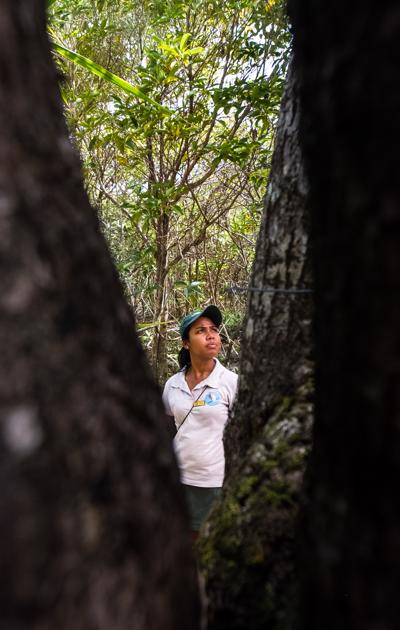
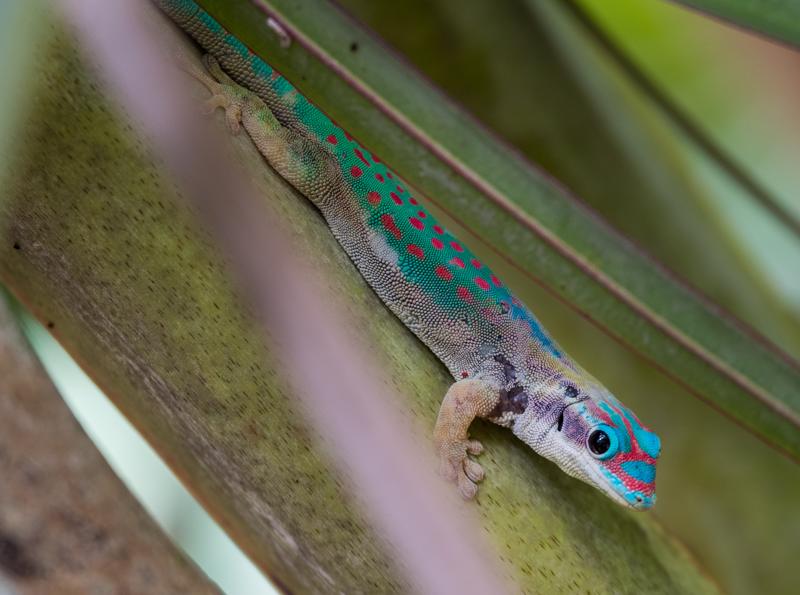
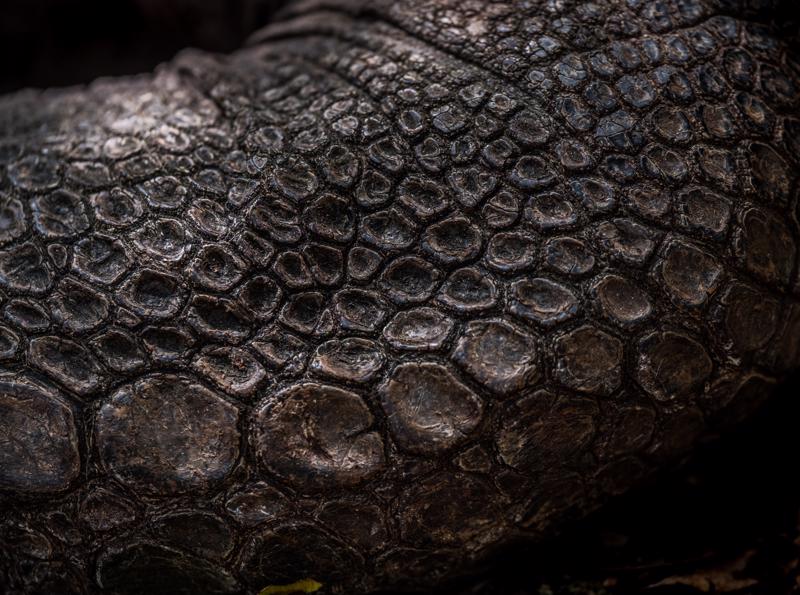
Mauritius, such as the cute olive-green Mauritius spectacled birds, fly around my ears.
"On Île aux Aigrettes, we are trying to restore the endemic plant and animal species of Mauritius," explains Melanie. "Much has been lost, but we are happy with the work we have been able to do here." Vegetation that grows here you don’t see anywhere else in Mauritius. It is the last coastal habitat refuge the country has ever known, home to a large number of critically endangered animals.
As I make my way through lianas and intertwined trees, I hear a familiar noise. Rukoo, rukoo. A pink dove jumps from branch to branch. In 1990 there were nine copies of this species left in Mauritius. Now more than 350, thanks to the drastic nature management of the MWF. In the museum of Île aux Aigrettes I am fascinated to study the bronze statues of the animals that once lived here. Remarkable is the Dutch pigeon, named after its red, white and blue plumage, the enormous broad-billed parrot - described in Dutch sailing diaries as an Indian raven - and of course the fat flightless bird that could not fly: the dodo
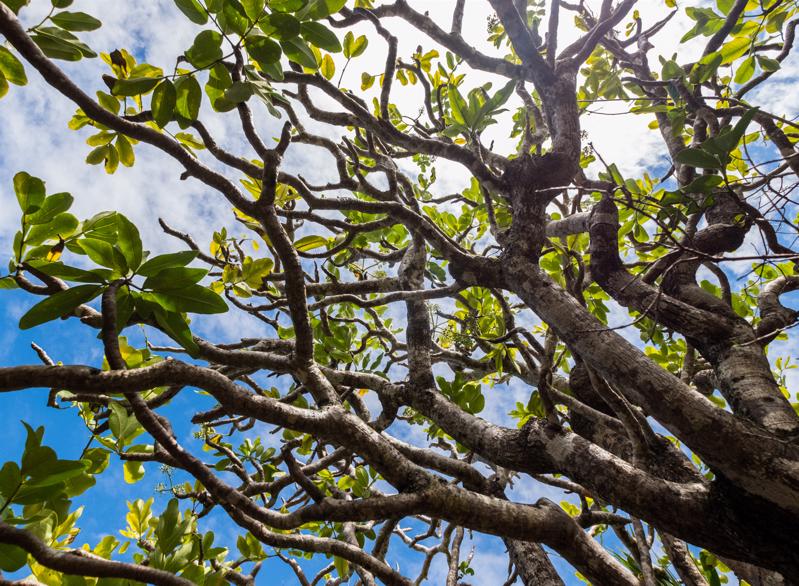
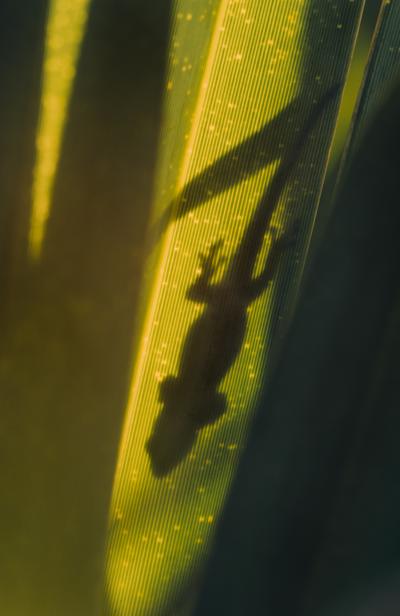
Whether the dodo would have been alive without the arrival of the Dutch sailors is seriously doubtful. "Since the dodo couldn't fly, it would go extinct anyway," said Vikash Tatayah, director of the Mauritian Wildlife Foundation. "The dodo was hunted, but it wasn't really tasty. The introduction of monkeys, rats and cats was especially fatal to the dodo. They ate his eggs and chicks."
I look out over the clear blue water that surrounds Île aux Aigrettes. In the distance the Lion Mountain and Ferney Island. Responsible or not responsible for the dodo's extinction, it has become clear during my quest for adventure in Mauritius that
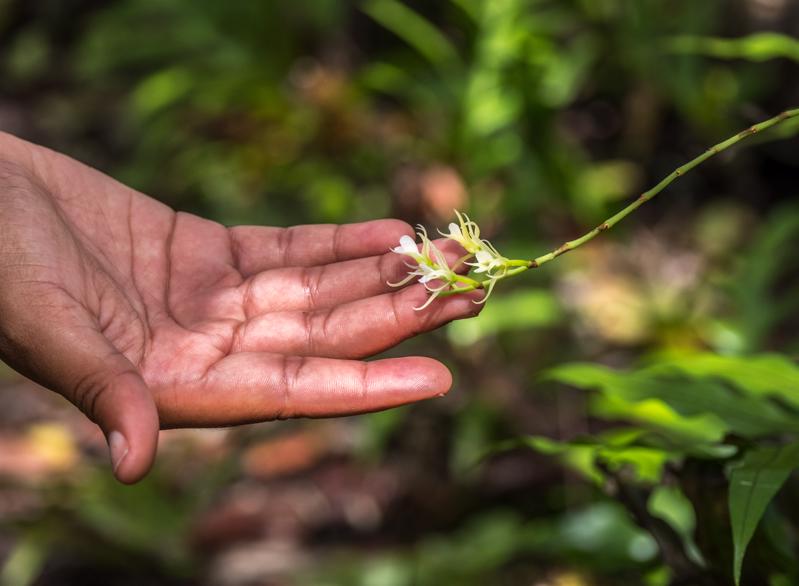
the arrival of our ancestors, the island's first inhabitants, had far-reaching consequences for the ecosystem. Just like any place in the world that people visit. Fortunately, the remaining nature is intensively protected and there are still beautiful unspoiled places to be found where you feel alone on this the world.
1.
"One way ticket around the world, please!"
2.
Hiking in Mauritius
3.
How the Netherlands shaped this island
4.
The adventurous side of Mauritius
5.
Réunion: A tropical version of Iceland
6.
Réunion: Three days of hiking through an extinct crater
7.
Tocht door lavatunnels
8.
Gansbaai: de onontdekte groene parel van Zuid-Afrika
9.
Slapen in een openluchtslaapkamer
10.
Wilde dieren spotten in Kaapstad
11.
De Tongariro Alpine Crossing
12.
De magie van de Marlborough Sounds
13.
Wildlifehoofdstad van Nieuw-Zeeland
14.
Welkom in Middle Earth
15.
De mooiste weg van Nieuw-Zeeland
16.
Mijn favoriete plekken op het Zuidereiland
Share your travel adventures like this!
Create your own travel blog in one step
Share with friends and family to follow your journey
Easy set up, no technical knowledge needed and unlimited storage!